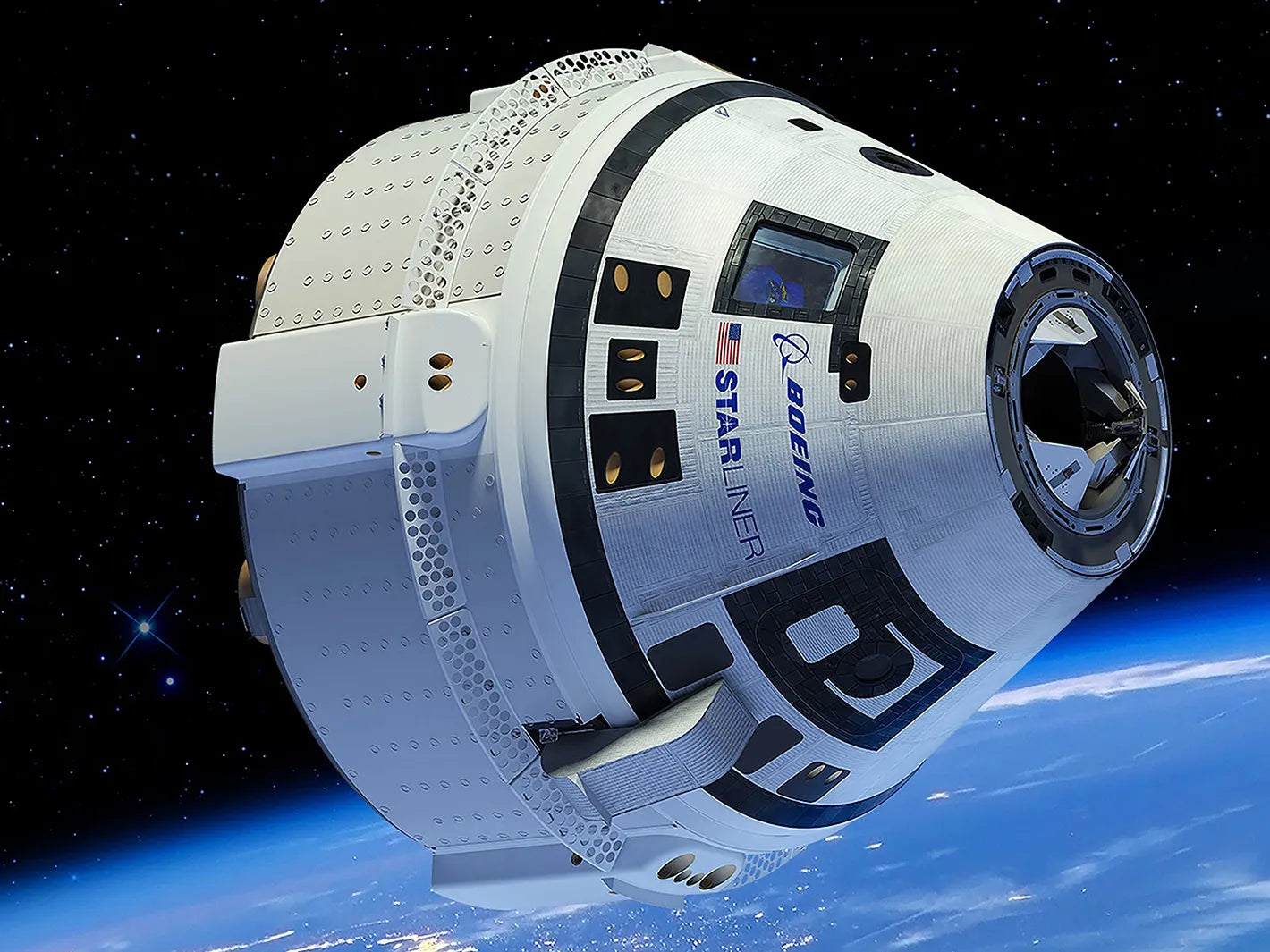Boeing's Starliner Cleared for Crewed Test Flight Following Valve Inspection
03/05/2025 12:22 EST

HOUSTON, Texas — NASA and Boeing have officially cleared the CST-100 Starliner spacecraft for its first crewed mission to the International Space Station (ISS), following a series of thorough valve inspections and system verifications. The mission, known as the Crew Flight Test (CFT), is scheduled for launch no earlier than mid-May 2025.
The milestone approval comes after multiple delays stemming from technical issues, most notably with the spacecraft’s propulsion system valves, which experienced corrosion and binding during earlier test campaigns. Engineers have since redesigned several components, replaced hardware, and conducted rigorous ground testing to confirm system readiness.
“This is a major step forward not just for Boeing, but for NASA’s Commercial Crew Program as a whole,” said Steve Stich, manager of NASA’s Commercial Crew Program. “With these final checks complete, we’re ready to safely fly astronauts aboard Starliner.”
The upcoming test flight will carry two NASA astronauts, Butch Wilmore and Suni Williams, on a roughly 10-day mission to the ISS. The crew will evaluate Starliner’s systems during flight, docking, and reentry, and perform manual flight demonstrations to validate the spacecraft’s performance.
Starliner is Boeing’s answer to SpaceX’s Crew Dragon, both developed under NASA contracts to provide safe, cost-effective human spaceflight capabilities to and from low-Earth orbit. While Crew Dragon has flown multiple operational missions since 2020, Boeing’s effort has faced a series of technical hurdles.
The Crew Flight Test will launch atop a United Launch Alliance (ULA) Atlas V rocket from Cape Canaveral Space Force Station. ULA teams have completed final stacking of the launch vehicle, and NASA has confirmed mission simulations are underway at Johnson Space Center.
In addition to confirming Starliner’s crew transport capabilities, the flight is a crucial requirement for Boeing to gain certification to fly regular crew rotation missions for NASA. A successful CFT would pave the way for Starliner to serve as a backup or alternative option to Crew Dragon in the coming years.
“We’re grateful for the perseverance of our teams, who have worked tirelessly to troubleshoot, improve, and prepare Starliner for this moment,” said Mark Nappi, Boeing’s VP for Commercial Crew. “We’re excited to see our vehicle finally fly with humans onboard.”
NASA is expected to provide a detailed flight readiness review and official launch date in the coming weeks.
